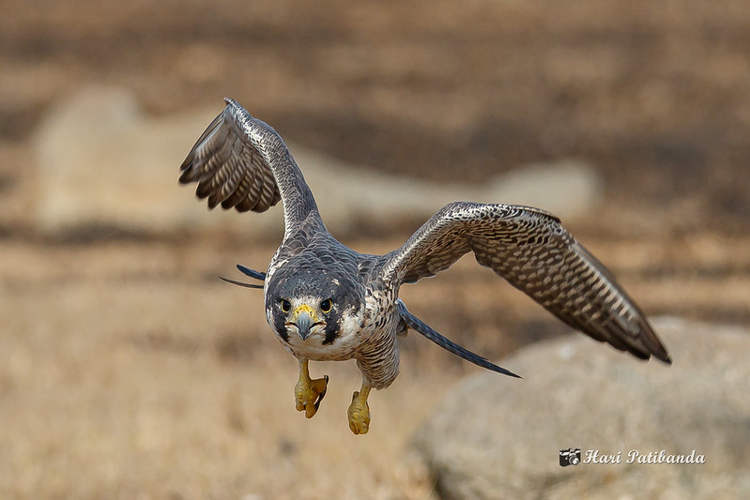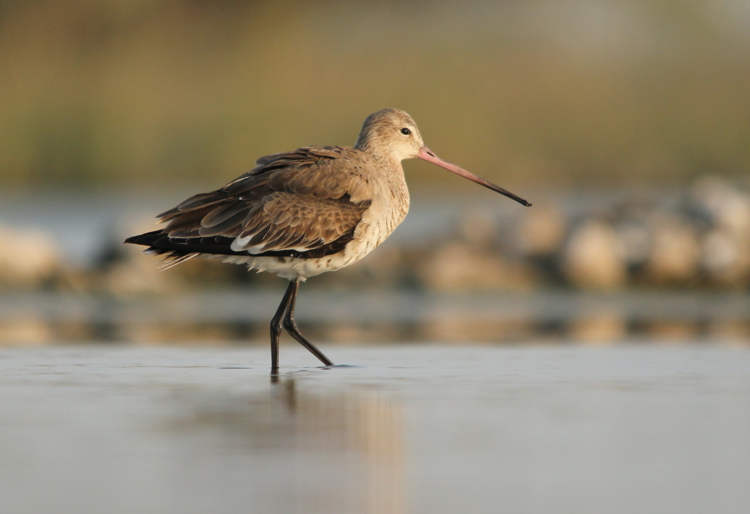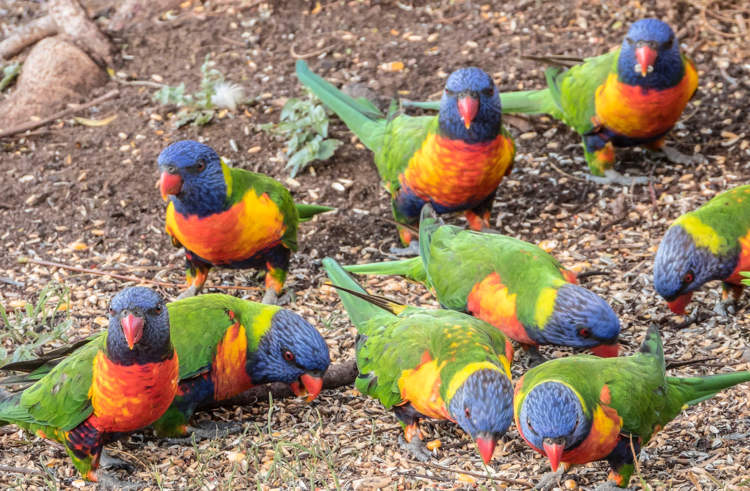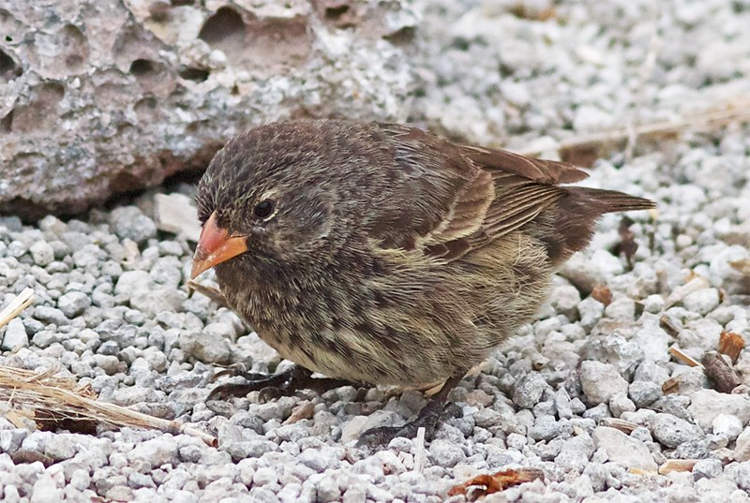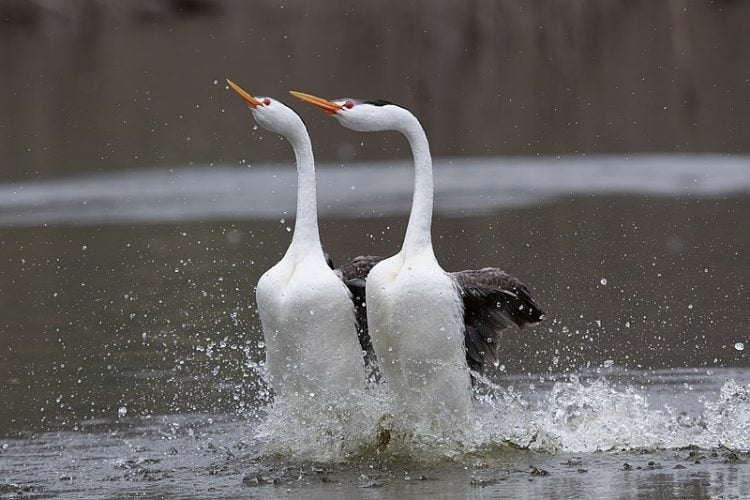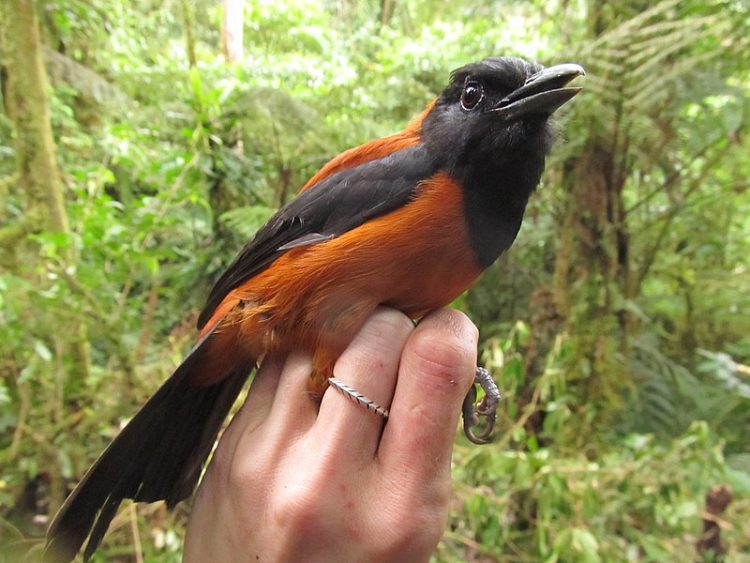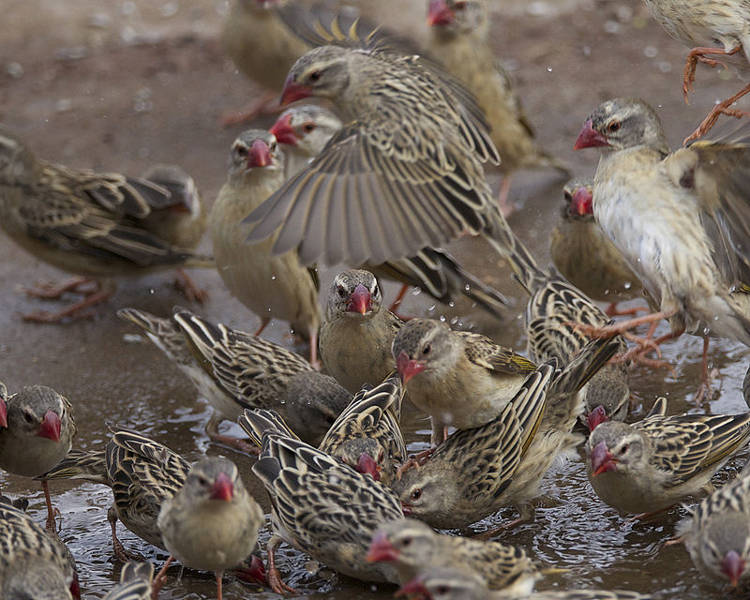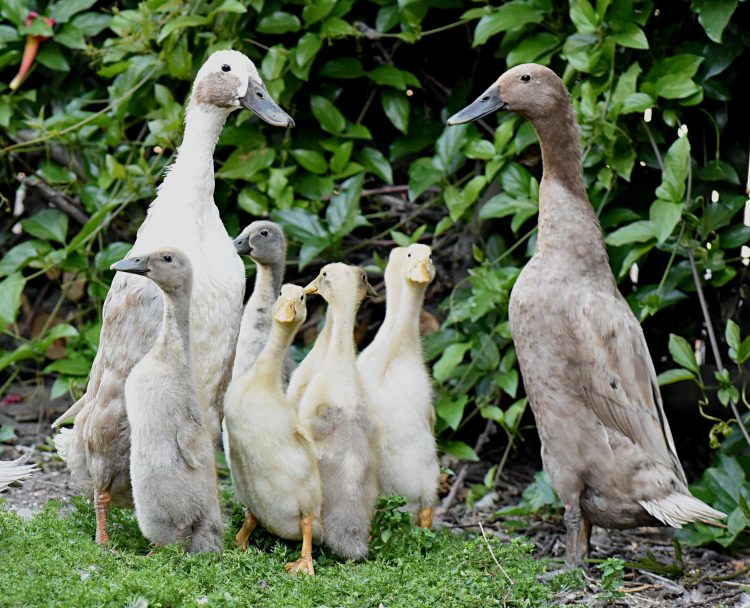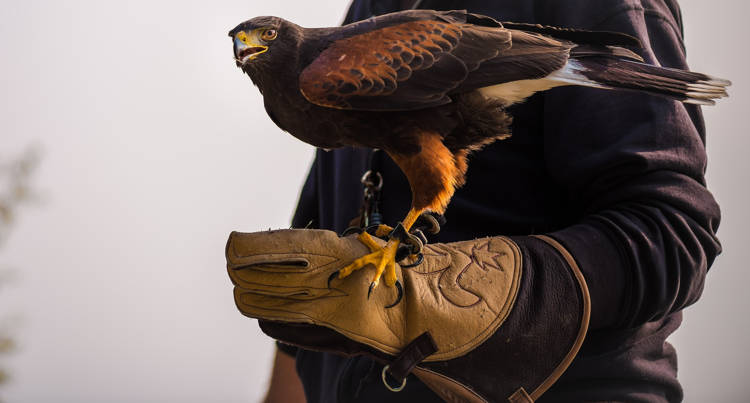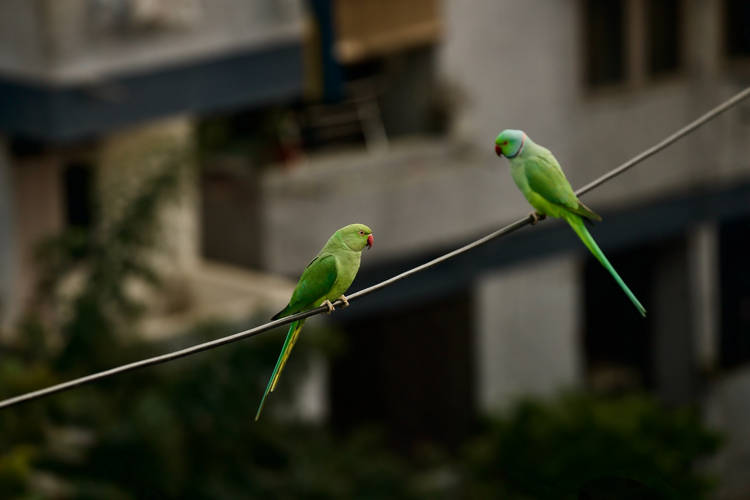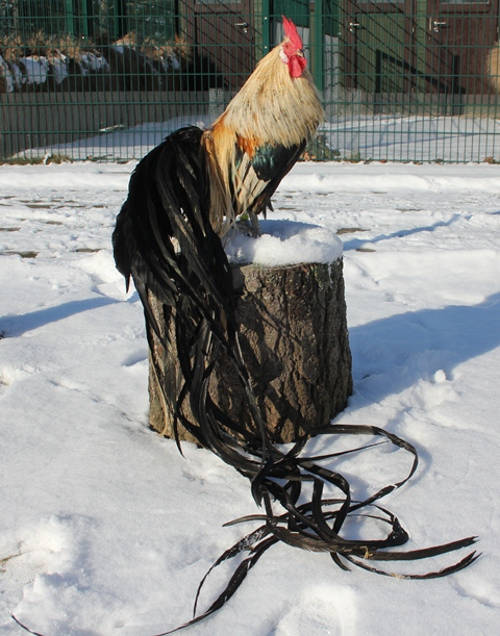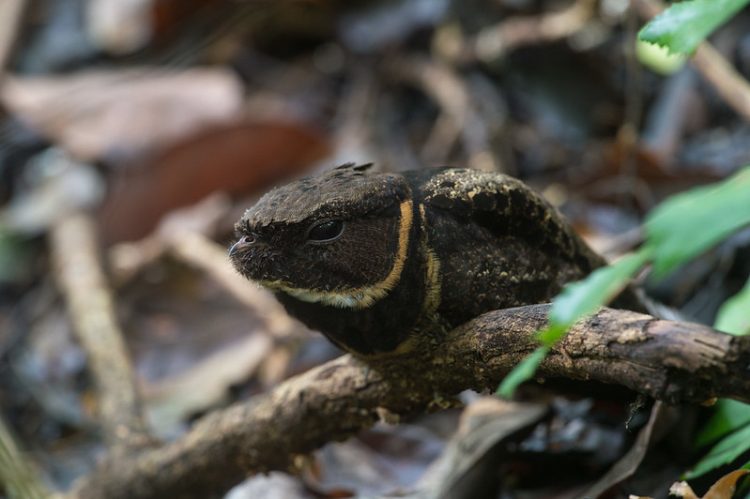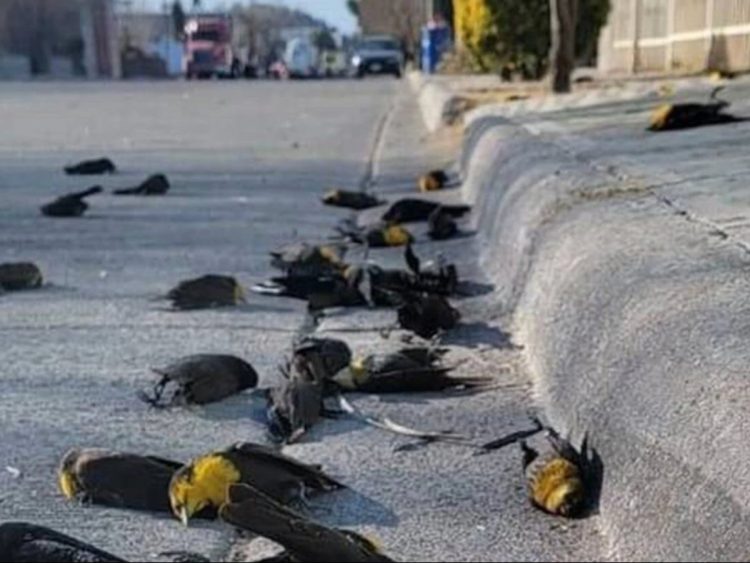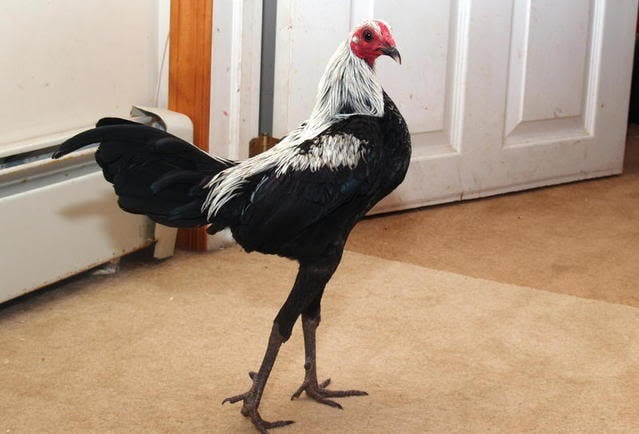Cheetahs are famous for their speed, but they don’t even come close to the world’s faster animal, a falcon that swoops on its unsuspecting prey at speeds of over 300 km per hour.
The peregrine falcon is one of the most efficient predators on Earth, and it owes much of that efficiency to its unrivaled speed. During its characteristic dive, this majestic creature reaches an average speed of 320 km/h, but the highest measured speed of a peregrine falcon is actually 389 km/h (242 mph), which makes it faster than the vast majority of commercially available cars. And it’s obviously much faster than the cheetah’s 64 mph record.

